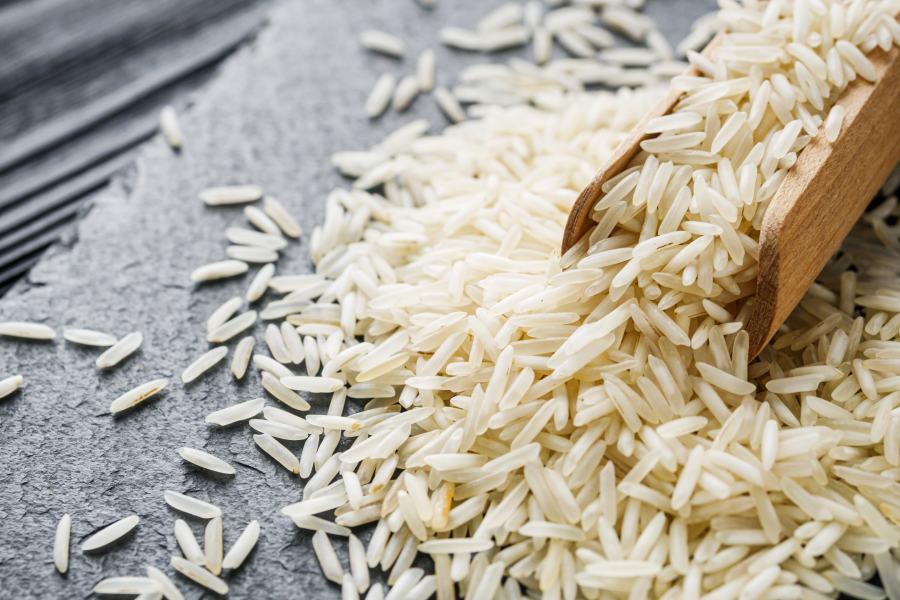 |
What image does the word ‘ma’ in the context of Hindi films evoke in your mind? In all likelihood, it’s that of a woman in a white sari with a touch of vermilion on her forehead if her husband is still alive, or without it if he’s not. The white of her attire is symbolic of her nature — serene, pristine, and morally impeccable. And what if one utters the word “sasu-ma” — the dreaded mother-in-law? Nearly always, you will think of a malicious-looking woman hurling abuses at a hapless bahu.
Indeed, barring a few exceptions, that was exactly how the personas of the ma (mother) and the sasu-ma (mother-in-law) have always been portrayed in Hindi films.
But not anymore. Now a very understanding Kirron Kher tells her on-screen daughter-in-law Preity Zinta (Kabhi Alvida Naa Kehna) that she knows her son is wrong to have an affair and supports the latter in her decision to turf him out. She even agrees to stay on with her to help her look after her son!
The ma is no longer such a long-suffering figure either. Earlier, a Nirupa Roy, or a Durga Khote would play mothers who would bear every hardship uncomplainingly (but with enough tears to bring on a deluge), and of course, no matter how badly their husbands treated them, they’d never display the slightest evidence of dwindling loyalties to them. But the modern mother of Hindi films is a completely different kettle of fish. Take the character played by Rati Agnihotri in the film Hum Tum (2004). She does not genuflect before her erratic husband, gets separated from him and builds her own life as a successful wedding planner. Agnihotri played a similar character in the 2001-film Kuchh Khatti Kuchh Meethi as well.
Or look at the character played by Jaya Bachchan in the 2002 film Koi Mere Dil Se Poochhe. She kills her abusive son when he plans to stop his wife’s second marriage. Of course, Hindi movies are not new to a mother killing her son for a greater good. That was done ages ago by Nargis in Mother India (1957), and was followed later in the 1999 film Vaastav. But a mother killing her son to save her bahu’s second marriage? Now that is something almost revolutionary.
So what prompted this sea change in the way Hindi movies depict mothers and mothers-in-law? From a vile mother-in-law or a weepy mother, what led to them becoming less of an archetype and more of an approximation of real human beings?
“Commercial Hindi cinema seems to be recognising reality at last,” says Prof. Bula Bhadra, head of the sociology department of Calcutta University. “Reality is never homogeneous and all mothers-in-law do not suffer from what I call the ‘mother-in-law syndrome’. But somehow, our films loved to portray a stereotypical, lop-sided image of women and the progressive side of woman was always poorly represented.”
But evidently film makers have woken up to the fact that most modern mothers and mothers-in-law are light years away from the way they have been portrayed in films for decades. Says Surangama Bhadra, the secretary of Swayambhar Nari, a women’s organisation and a mother of two married sons, “As women are getting educated and going on to build their own careers, they are becoming more self-reliant and will stand up for the right and the just even if that means going against their blood ties.”
Agrees businesswoman Mira Mitra, “I don’t interfere in the lives of my sons but if I see them acting wrongly towards their wives I will definitely take the side of the latter. In fact, if my son doesn’t return home on time, I make my daughter-in-law have her dinner because I know that he will most probably have dined outside.”
Clearly, it is this change in the behavioural pattern of Indian mothers and mothers-in-law, the fact that they have become more liberal than ever before, that is getting reflected in Hindi films today. “Do you think today’s urban, middle-class or overseas audiences will put up with a woman banging her head against temple bells,” asks film maker Anindita Sarbadhicari. “People want to see stuff they can identify with,” she adds. “And people can no longer identify with the all-white or the all-black characters portrayed by the Nirupa Roys or the Shashikalas of old.”
The push of modernity has also influenced Bollywood’s take on the middle-aged widow. Take the vibrant character played by Kirron Kher in Hum Tum, or even in the more recent Kabhi Alvida Naa Kehna. She doesn’t dress in widow’s weeds, nor does she wear an expression of perpetual grief as evidence of her widowhood. Indeed, in keeping with the temper of their characters, the attire of filmi mothers and mothers-in-law has also undergone a dramatic change. Where earlier they would invariably be dressed in saris, today, they dress in trendy clothes or even Western wear. Agnihotri in Hum Tum or Jaya Bachchan in Kal Ho Naa Ho (2003) are cases in point.
In fact, the role played by Bachchan is noteworthy for other reasons too. She is portrayed as a strong woman who runs a restaurant in New York, and, more importantly, willingly adopts her dead husband’s illegitimate daughter. “It is really good to see our Bollywood directors moving forward when it comes to the portrayal of mothers and mothers-in-law, especially since the TV serials have chosen to march backwards in time,” says Sarbadhicari.
Indeed, if art imitates life, Hindi films and the way they have begun to depict mothers and mothers-in-law are a true pointer to the fact that our society has becoming more accepting of a multiplicity of roles for women in their late middle age.










